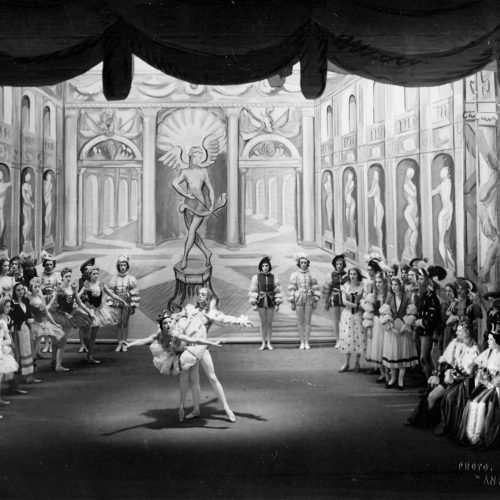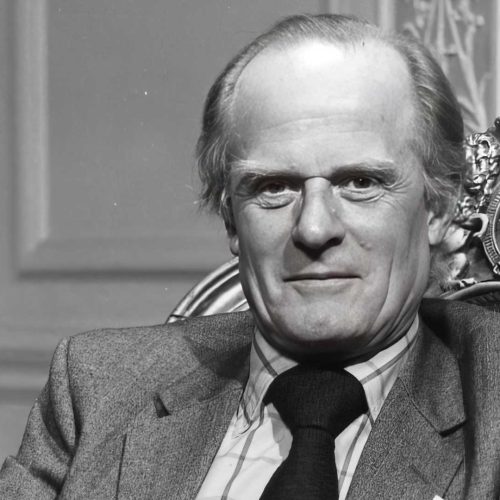Kenneth MacMillan was eager to give ballet its ‘new wave’, and though his earlier one-act works revealed a unique perspective and command of ballet’s expressive potential, it was his first full-length production for The Royal Ballet that helped define his legacy as a wild and imperative voice. Asked to make a production based on Shakespeare’s play as part of the 400th anniversary celebrations of Shakespeare’s birth the previous year, MacMillan’s ballet takes inspiration from John Cranko’s 1962 version of the ballet for the Stuttgart Ballet and Leonid Lavrovsky’s for the Bolshoi Ballet, seen in London in 1956.
Working closely with Lynn Seymour and Christopher Gable, the ballet’s beautiful, intertwining pas de deux were quickly wrought, with constant dialogue between dancers and choreographer regarding dramatic motivation. Seymour’s Juliet was to be a willful young woman at odds with the patriarchy she finds herself in. Nicholas Georgiadis’ imposing and immense designs helped define the monumental scale the star-cross’d lovers find themselves acting against. The ballet is a signature work in The Royal Ballet’s repertory, not least because it gives opportunities for the entire company to respond to Prokofiev’s colourful music. Ground-breaking moments that might not seem as revolutionary today were moments such as Juliet’s motionless body as she sits on her bed deciding how she should move forward in Act III, or the way Romeo drags her apparently lifeless body around the stage at the ballet’s conclusion. Gable had said this was inspired by a trip to London Zoo where he witnessed a distraught mother orangutan pulling around her lifeless offspring. Such moments of naturalism were novel in ballet and speak of MacMillan’s impact on the artform.
In addition to the creation of an outstanding work, the first night of MacMillan’s Romeo and Juliet proved controversial for the way it demonstrated how ballet politics could be placed above artistic integrity. Although created on Seymour and Gable, American impressario Sol Hurok insisted that if Romeo and Juliet were to be included in The Royal Ballet’s forthcoming tour to the United States of America, the premiere must be danced by Margot Fonteyn and Rudolf Nureyev, who were the bigger Box Office stars. The Royal Ballet’s management acquiesced.



